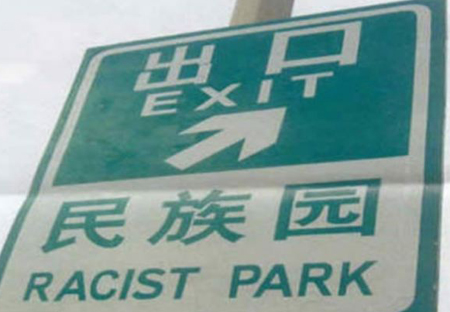A far-flung Nostratic colony in the Andes
In "The Inca Connection: A Quechua Word Game", 5/18/2013, Piotr Gąsiorowski compares "a 200-word Swadesh list for Southern Quechua and the Tower of Babel 'Eurasiatic' etymologies", and finds 22 clear matches. He notes that "There are only twenty-two matches because I got bored too soon, but it’s an easy game", and concludes
I think I have already demonstrated beyond reasonable doubt that the Quechua people are a lost Nostratic tribe. Note that the semantic matches are impeccable and the similarity of the words is quite obvious to any open-minded observer. Indeed, the matches are much better than many of those in the LWED. The quality of examples 1, 2, 3, 4, 5, 6, and 9, in particular, is guaranteed by the fact that they represent statistically certified ultraconserved Eurasiatic vocabulary (Pagel et al. 2013). The famous items ‘mother’, ‘bark’, and ‘worm’ are among them. […]
But there is more to Quechua than just its Eurasiatic affinities. It seems to be particularly close to Proto-Indo-European. Compare the Quechua numerals pichqa ‘5’ and suqta ‘6’ = PIE *penkʷe, *sweḱs, clearly a common Indo-Quechuan innovation not shared with any other Eurasiatic group. I can’t reveal too much at present, but mark my words: you’ll read about it in Nature one day – or Science, perhaps, or PNAS.
Read the rest of this entry »
